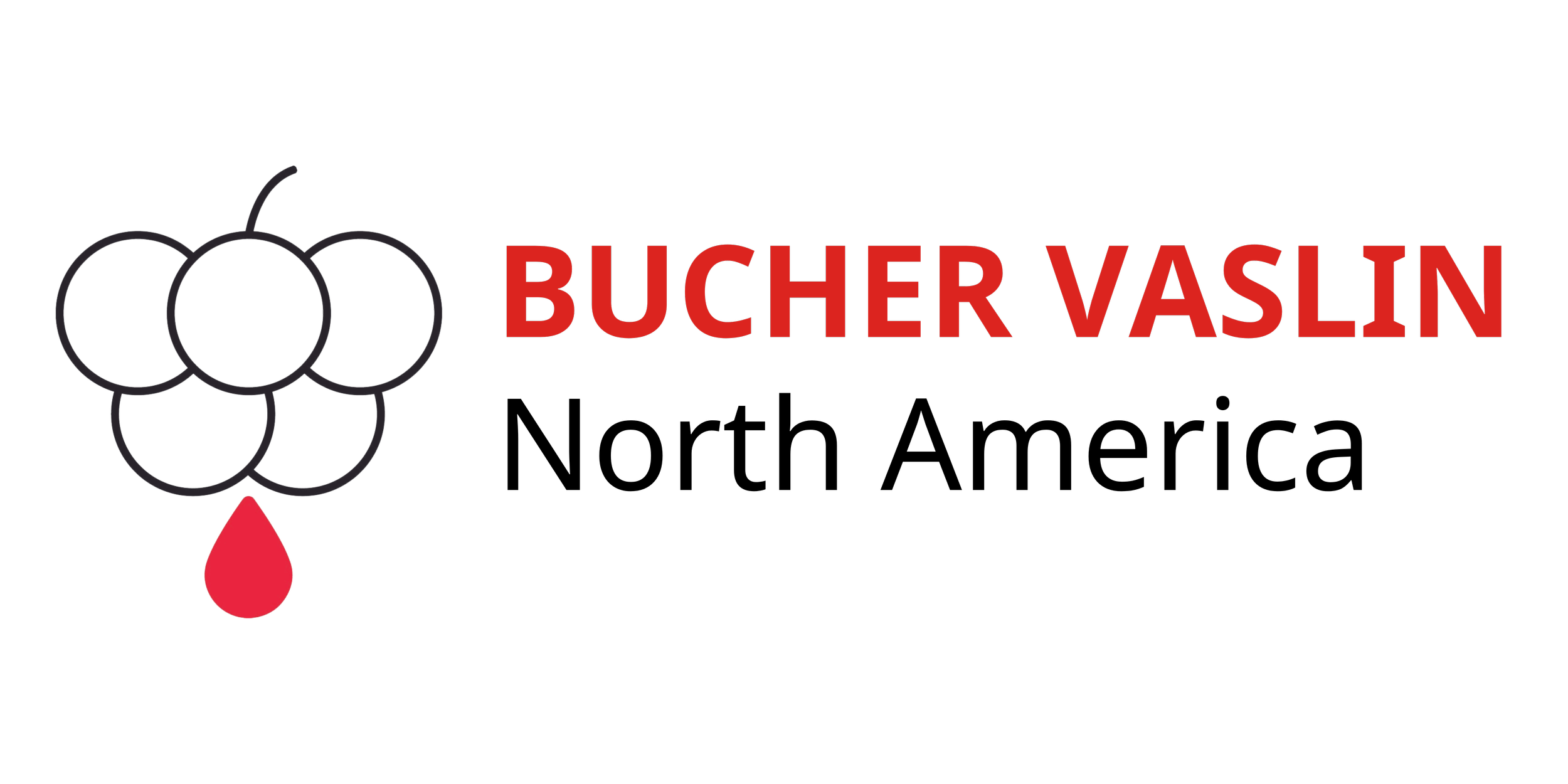Battling Botrytis
The humid, rainy weather conditions create ideal settings for Botrytis, impacting fruit quality. In winemaking, this translates to increased risks of microbial instability, oxidation, difficult fermentation, moldy aromas, and filtration challenges. To effectively manage grapes affected by Botrytis, winemakers must carefully assess contamination levels and implement tailored vinification processes. Lamothe-Abiet provides key monitoring steps and strategies for proactive Botrytis management.
Fragile grapes, vulnerable to secondary contamination with increased risk of issues like volatile acidity (VA) and stuck fermentations. For protection, consider Excellence B-Nature as an alternative or complement to SO2. It's a non-Saccharomyces yeast, pure Metschnikovia pulcherrima, inhibiting the development of spoilage microbes on grapes and juice. Sprinkle it directly on grapes at picking without rehydration.
Oxidation Sensitivity, due to Laccase activity. Laccase, strong oxidative enzyme, unique to Botrytis, is resistant to SO2, low pH, and high temperatures. To counteract this, use Pro Tanin R for red wines or Tanin gallique a l’alcool for white/rosé wines. These tannins stop laccase and PPO activities and protect grapes from oxidation. Sprinkle directly the tannin on grapes, immediately after picking to initiate protection.
Fermentation Challenges: In Botrytis contaminated grapes, we can find nitrogen and thiamine deficiencies, leading to difficult fermentations. Address this by providing yeast with a well-balanced nutrition rich in vitamins and minerals, especially during rehydration. Use OenoStim during your yeast rehydration, a yeast protector containing minerals, vitamins, sterols, and unsaturated fatty acids, reinforces yeast activity, optimizes metabolism, and enhances yeast resistance, especially in challenging conditions.
Undesirable Aromas such as moldy and earthy odors. To eliminate these compounds, use Polymix Natur during cold settling for white/rosé wines. This vegan, allergen-free fining agent includes PVPP, yeast derivatives, and bentonite to effectively remove oxidized phenolic compounds and off-aromas.
Clarification and Filtration Challenges: High glucan levels can pose difficulties in clarification and filtration. Overcome this with VinoTaste Pro, purified pectinase with high β-glucanase activities that improves juice and wine clarification and filtrability. Additionally, it enhances the overall taste and mouthfeel of wines during aging.
